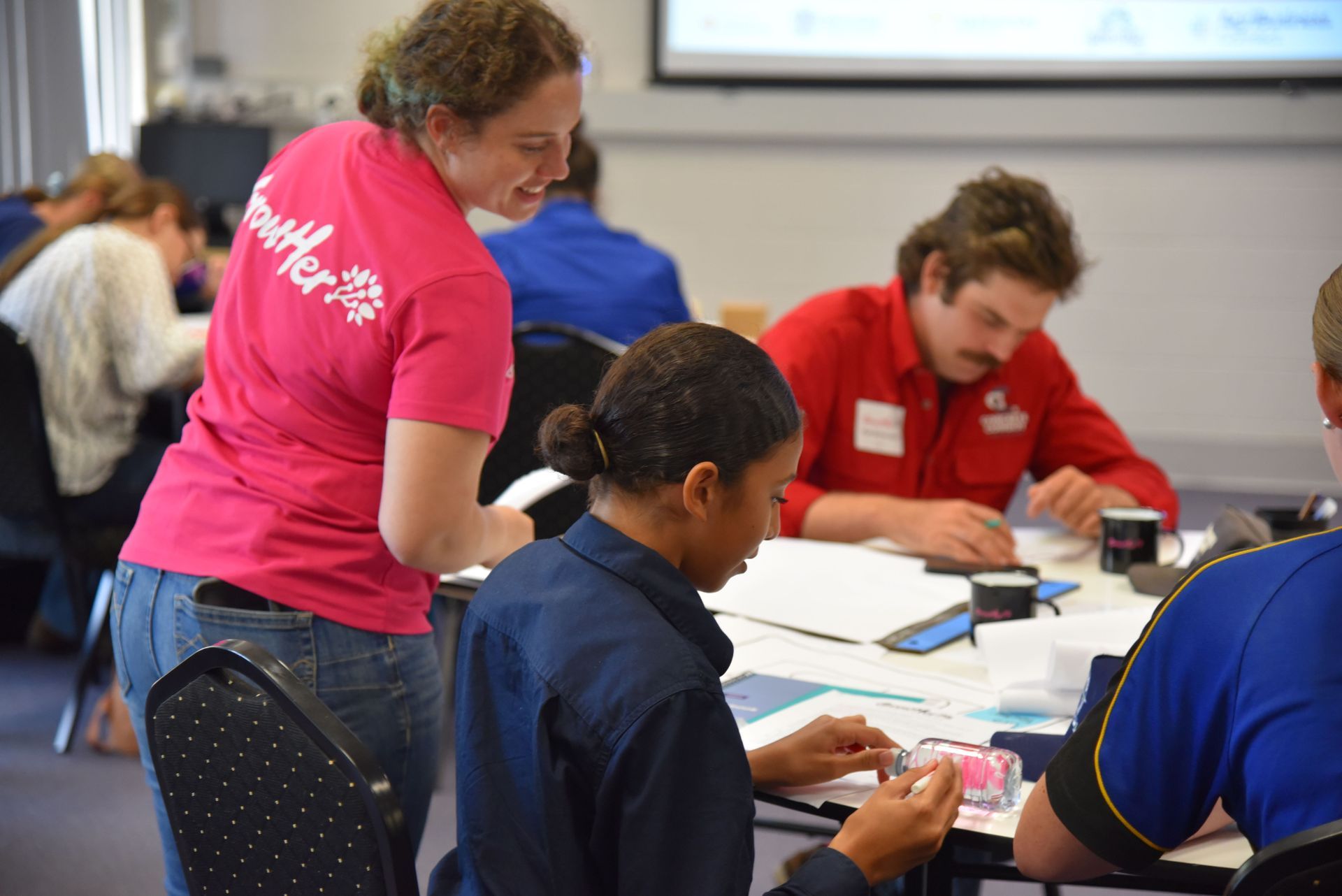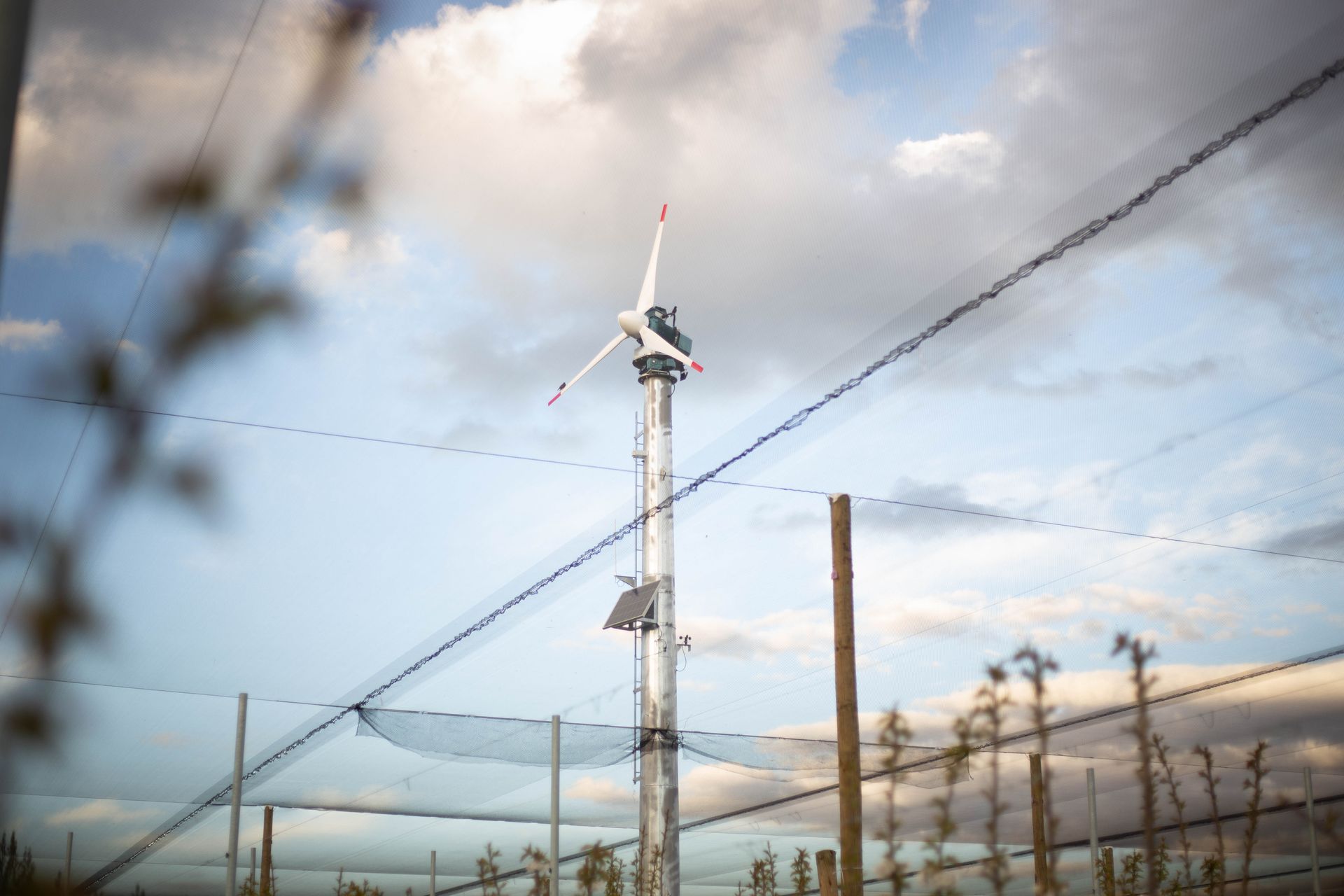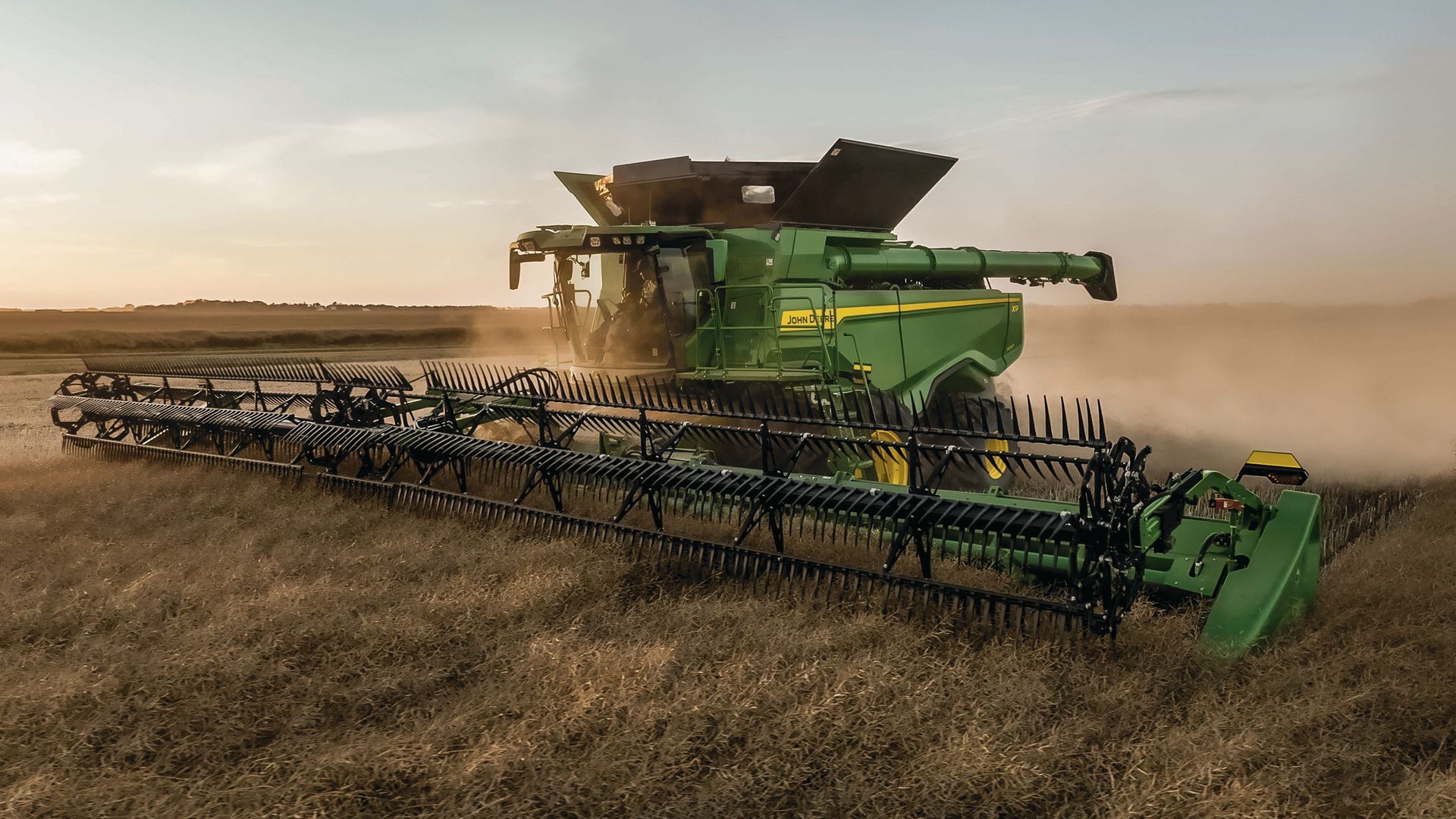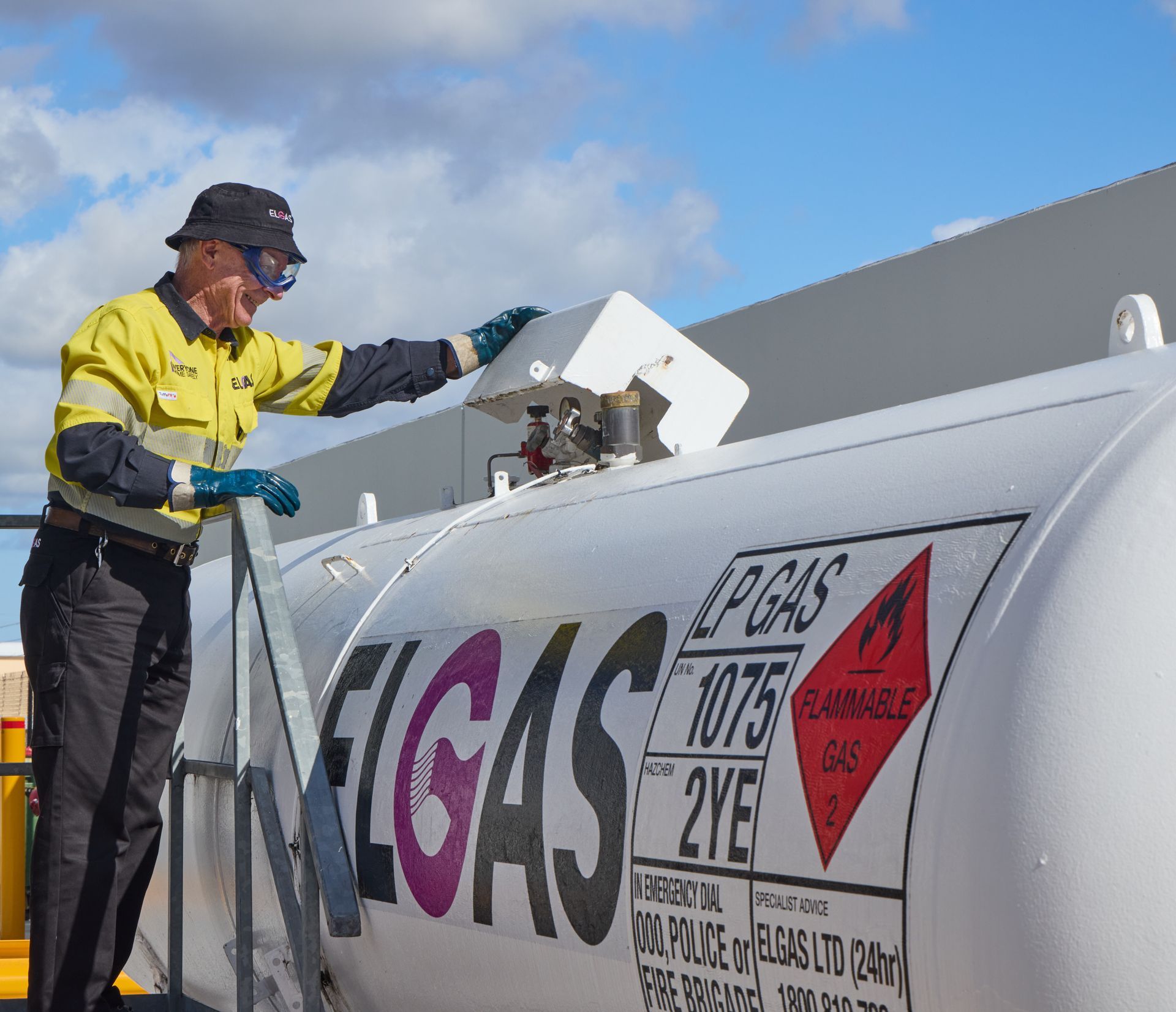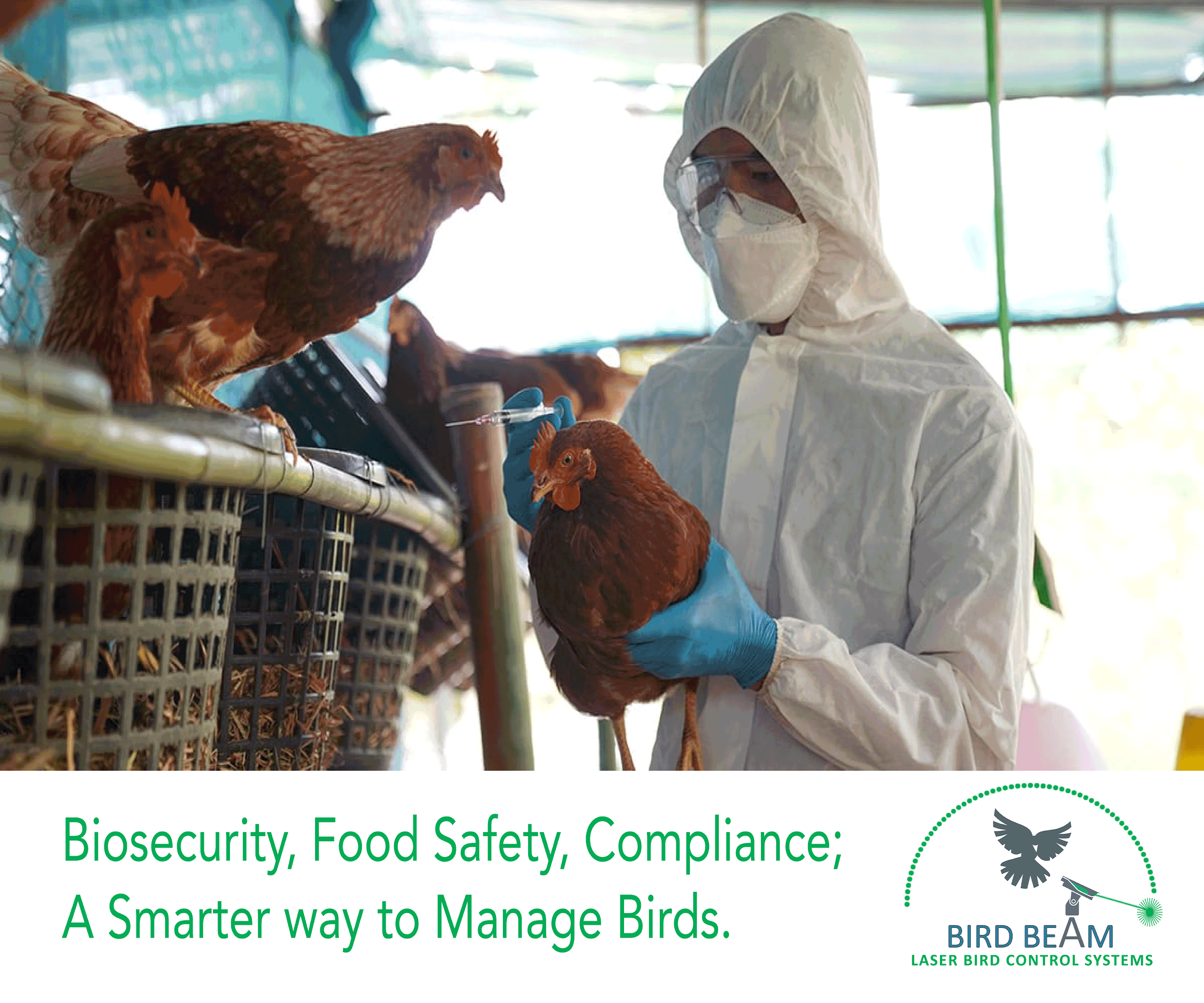1MG FlippingBooks
Foot and Mouth Disease: The $80 billion threat to Australian farming
Australia has managed to keep Foot and Mouth Disease (FMD) at bay for over a century, however, a recent outbreak in Bali has the nation’s farming community and the Australian Government on high alert. Should it reach our shores, the repercussions would be devastating. Here we evaluate FMD’s risk, its potential billion-dollar impact, and Australia’s preparedness for an outbreak.

Sheep Producers Australia CEO Bonnie Skinner
The Australian livestock and export industry is facing one of its greatest threats in history as Foot and Mouth Disease (FMD) spreads across Indonesia to sit at our doorstep.
Indonesian authorities in May 2022 confirmed an outbreak after it was detected in livestock in Bali posing a significant risk to Australia’s animal health and trade.
FMD is an extremely contagious viral disease of cattle, sheep, goats, and pigs with an outbreak delivering severe consequences to our agricultural sector.
An incursion here would effectively shut down production and trade with a 2013 ABARES Report estimating economic losses of up to $80 billion to the Australian economy over 10 years.
Australia’s livestock populations are yet to be exposed to FMD having successfully kept the disease out of the country for more than 130 years, despite its ability to establish and spread internationally.
Initial symptoms of infected animals include fever, drooling, and reluctance to move as well as fluid filled blisters (vesicles) on the lips, tongue, palate, feet, and teats.
And, although FMD poses no threat to human health, it can be spread from person to cloven-hoofed animals.
FMD’s RISK TO AUSTRALIA
Australia has been fortunate to avoid an outbreak as the disease continues to wreak havoc on international trade.
Sheep Producers Australia CEO Bonnie Skinner says the risk of FMD entering Australia is always present.
“A group of biosecurity experts comprising vets, government and industry representatives recently determined the risk to be in the vicinity of 11.6 per cent,” she says.
“One of our greatest biosecurity advantages is that we are surrounded entirely by ocean.
It’s a low risk but extremely high-consequence scenario.”
Bonnie says quantifying the risk is difficult.
“We are operating in a global marketplace where you’ve got greater levels and speed of global trade, travel and interstate freight which create new opportunities for disease to enter and spread,” she says.
“The virus has to survive the journey here and it has to find its way into a susceptible animal– both are plausible in the modern age. Combined, it amounts to a doomsday scenario should it become a reality here.”
HOW FMD CAN GET HERE
The Australian Government has recently declared FMD one of the country’s greatest current biosecurity risks, placing the Australian livestock and wider agricultural sector on high alert.
But how could it get here?
“Generally, the riskiest pathway is through importation of contaminated illegally imported animal products, which then come into contact with susceptible animals.” says Bonnie.
“There is a considerable amount of illegal meat products that get brought over in travellers’ luggage which is very high-risk.”
Livestock Collective Director Steven Bolt says returning travellers also posed a significant threat.
“And it’s not only travellers from Bali which have been highlighted,” he says.
“There are dozens of countries that now have FMD so travellers that have been to high-risk areas like farming properties or sales yards need to be particularly careful.”
THE IMPACT ON TRADE AND INDUSTRY
An FMD outbreak here could wipe $80 billion from the Australian economy over 10 years.
“The industry would effectively grind to a halt,” says Bonnie.
“The $80 billion in losses comes down to the impact on trade and market access.”
Bonnie says Australia currently enjoys significant global market access due to our disease-free status - which would be severely impacted in the event of an outbreak.
“Much of that market access is premised on our FMD-free status, but as soon as a detection is made and reported, many of our markets could close almost overnight,” she says.
“It would devastate trade and it takes a very long time to regain disease free-status and market access after the last animal infection has been successfully treated or the disease eradicated. Likely several years.”
But the effects would be felt far beyond the agricultural sector.
“Regional communities and everybody else caught up in the outbreak would be affected, leaving a long-lasting impact across all of Australia,” says Steven.
“The flow-on affect would be far-reaching – it would be catastrophic.”
WHAT ARE WE DOING TO KEEP FMD OUT?
The May 2022 Bali outbreak prompted the Australian Government to ship one million vaccine doses to Indonesia as part of a three-pronged approach to keep Australia FMD-free.
The effort concentrates on assisting our neighbours deal with an outbreak, while also strengthening our own biosecurity borders and enhancing our preparedness at home, with Australia to supply a further $4.4 million in FMD vaccines as part of a $10 million biosecurity package.
“When we look at the biosecurity continuum, pre-border measures are very much the responsibility of the Australian government and Sheep Producers Australia work with the government,” says Bonnie.
“Indonesia is such an important bilateral trading partner and hopefully they continue to work with and accept the support of the Australian government.”
Steven says informing returning travellers of the risk they pose was also high on the agenda.
“The Federal Government has increased their signage and messaging on airplanes and when passengers are doing their declarations,” he says.
“There’s also been increased screening of luggage and mail, passengers as well as the use of foot mats so that awareness has increased after Bali’s outbreak.”
ARE WE PREPARED FOR AN OUTBREAK?
Despite some sections of the farming sector doubting Australia’s preparedness for an outbreak, Bonnie says significant planning and investment has been made.
“We have been preparing for an FMD outbreak for decades,” she says.
“We have the Emergency Animal Disease Response Agreement which sets out the operational and financial obligations of both the Federal government and agricultural industry in the event of an Emergency Animal Disease outbreak, and outlines how the disease should be managed and controlled.
“Training is also an essential component and is being provided to all relevant industry and government personnel.”
Bonnie says Australia maintained a very large vaccine bank, although vaccines were not a cure-all to FMD.
“The vaccine decreases the chance of an animal becoming infected, reduces viral shedding and helps to slow the rate of disease spread,” she says.
But the use of vaccination would impede our ability to return to trading as quickly as possible, and so the decision to vaccinate and how to apply vaccination in Australia would be complex and dependent on many factors.”
Steven says the Australian Government had spent considerable funds training frontline responders.
“We have sent a lot of people overseas for training and dealing with infected animals and what to do should there be an outbreak here, so we have people who know what to do,” he says.
“But we all need to be doing our part and that includes Australian producers being proactive and vigilante.”
If your livestock are showing signs of Foot and Mouth Disease, immediately call the
Emergency Animal Disease Watch Hotline on 1800 675 888 or visit https://www.agriculture.gov.au/biosecurity-trade/pests-diseases-weeds/animal/fmd
For more visit Resource Hub – Animal Health Australia and Foot and Mouth Disease (FMD) and Lumpy Skin Disease (LSD) | Meat & Livestock Australia (mla.com.au).
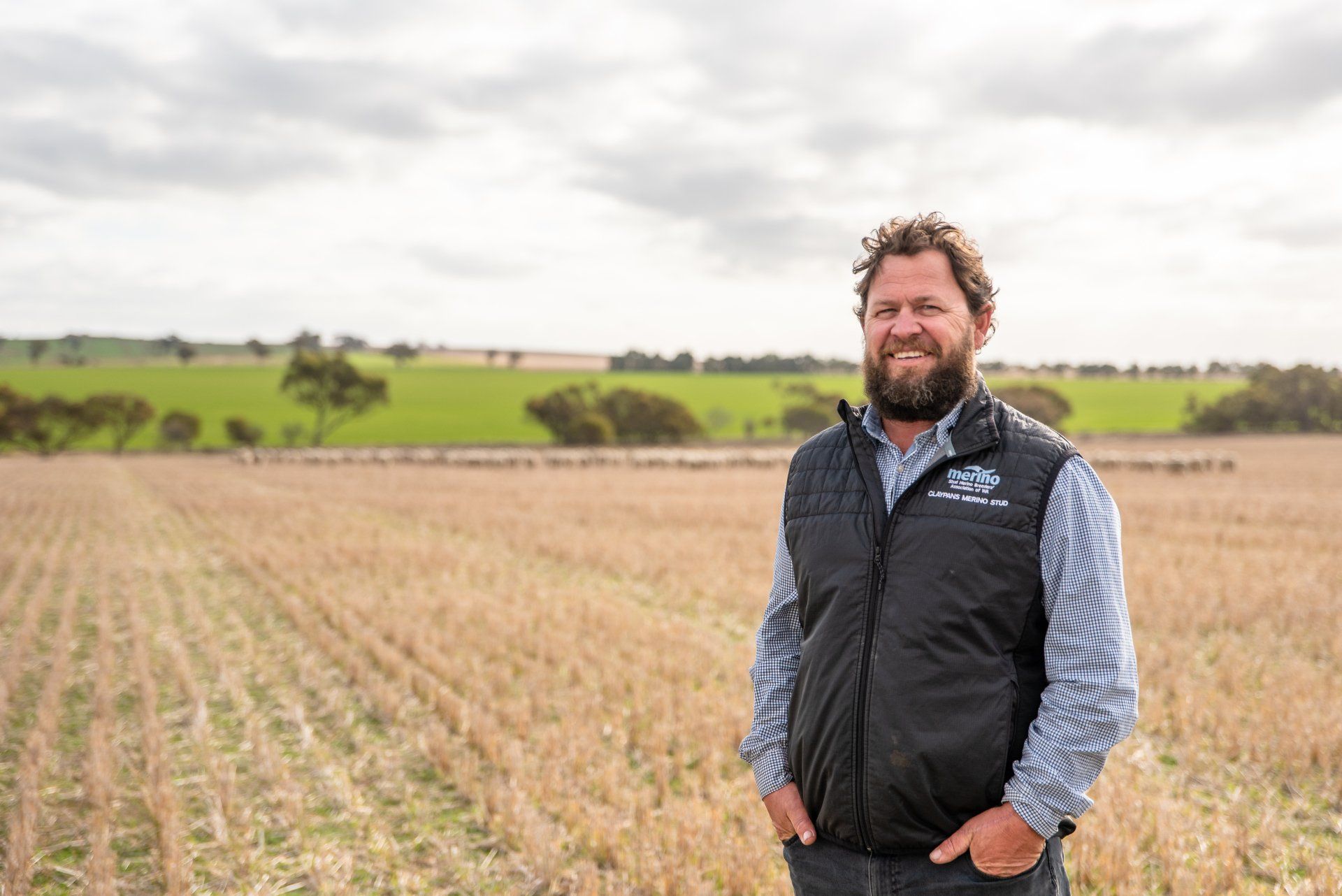
Livestock Collective Director Steven Bolt
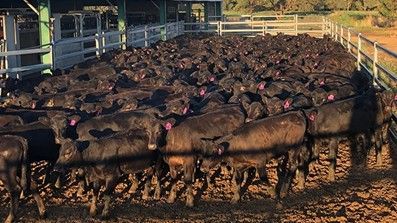
A selection of The Australian Farmer Sponsors - Click on a banner below to find out more...

